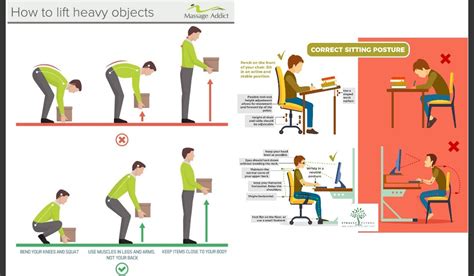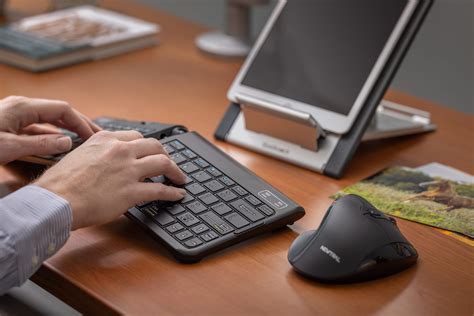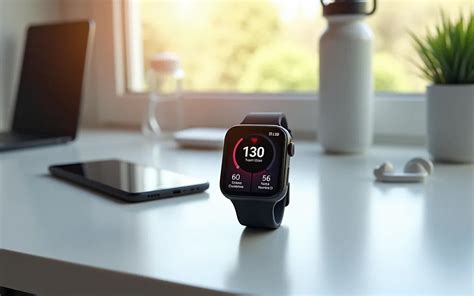Conquering Back Pain: Essential Ergonomics for Men’s WFH
Working from home has become a cornerstone of modern professional life, offering flexibility but often introducing new challenges, particularly for men enduring long sessions. One of the most common complaints is persistent back pain, stemming from inadequate posture and non-ergonomic setups. This article delves into the specific ergonomic gear designed to counteract back pain, ensuring comfort and productivity during those extended hours at your home office.
The Foundation: An Ergonomic Office Chair
The cornerstone of any pain-free home office setup is a high-quality ergonomic chair. For men, who often have different body proportions and weight distribution, a chair with robust adjustability is crucial. Look for features such as lumbar support that can be adjusted both vertically and horizontally, seat depth adjustment to ensure proper thigh support, and adjustable armrests to keep shoulders relaxed. A chair that allows for proper spinal alignment, supporting the natural S-curve of the back, significantly reduces strain on the lower back.

Dynamic Movement: The Standing Desk Converter
Sitting for eight hours straight is detrimental to back health, regardless of how ergonomic your chair is. A standing desk or a standing desk converter offers a dynamic solution. Alternating between sitting and standing throughout the day improves circulation, reduces spinal compression, and engages core muscles, all of which contribute to preventing back pain. For men, ensuring the desk can be raised to an appropriate height for comfortable standing work (where your elbows form a 90-degree angle with your forearms parallel to the floor) is key.
Optimal Vision & Neck Alignment: Monitor Arms
Craning your neck to view a screen is a prime contributor to upper back and neck pain. A monitor arm allows you to position your screen at the ideal eye level, eliminating the need to slouch or strain. For men often working with larger monitors or multiple screens, sturdy monitor arms are essential to maintain proper posture. The top of your screen should be at or slightly below eye level, and at arm’s length away. This simple adjustment can alleviate significant pressure on the cervical and thoracic spine.
Precision & Comfort: Ergonomic Keyboard & Mouse
While often overlooked, your input devices play a significant role in overall comfort and pain prevention. An ergonomic keyboard, often split or curved, encourages a more natural wrist and arm position, reducing strain that can radiate up to the shoulders and back. Similarly, an ergonomic mouse that fits comfortably in your hand, preventing wrist deviation, is vital. Look for options that allow your hand to remain in a natural handshake position. Small changes here can prevent repetitive strain injuries that indirectly impact back posture.

Beyond Gear: The Importance of Posture and Movement
Even with the best ergonomic gear, poor habits can negate its benefits. Consciously maintaining good posture – shoulders back and relaxed, feet flat on the floor, core gently engaged – is crucial. Integrate regular breaks into your long WFH sessions. Stand up, stretch, walk around, and perform simple back-friendly exercises. Hydration and a healthy diet also support spinal health. By combining smart gear choices with mindful habits, men can significantly reduce the risk of back pain and enjoy more comfortable, productive work-from-home experiences.




